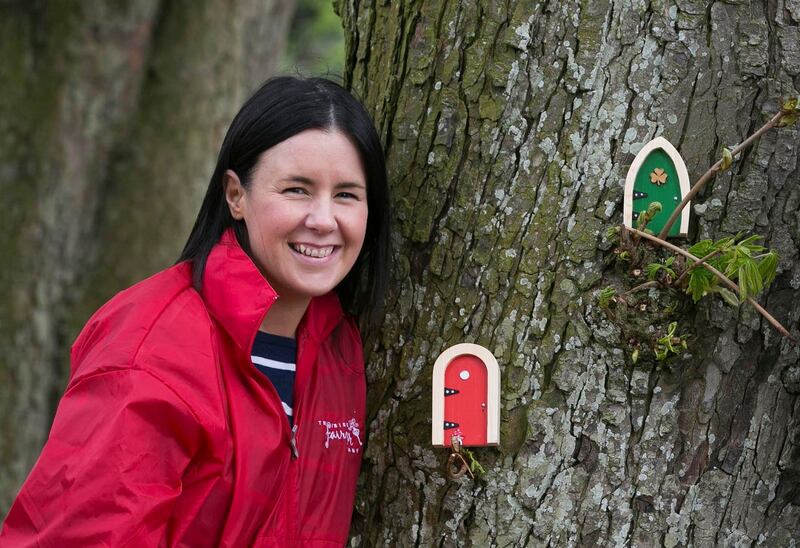While global supply chain problems, Brexit and the Covid-19 pandemic have prompted retailers to warn of toy shortages this Christmas, local toymakers and inventors are confident that like Santa Claus, they will still be able to deliver for Ireland’s children this year.
“As seen on the Late Late Show,” is a phrase which resonates with all Irish people and rarely more so than in the immediate aftermath of the Toy Show, with the items that star on RTÉ’s annual extravaganza – the latest edition of which was broadcast on Friday night – most certainly in high demand.
John Dunne from Dublin knows first-hand the impact an appearance on the show can have, with his invention – effectively a 3-D version of noughts and crosses – once taking the world by storm after the briefest of appearances.
Speaking from his Rathfarnham home and toy factory, the 64-year-old first conceived of his toy when he was 18 and studying engineering. “I decided I was going to make a 3-D version and made a little frame and then played it with a friend and after winning all three games, I forgot all about it.”
The game ended up in his parents’ attic and only reappeared years later when his father was doing a clear out.
By that time, Dunne owned a small engineering factory and when he saw his game again, he and a colleague gave it another whirl.
“We played it every day for a month and thought it was a hell of a game. It was much deeper than noughts and crosses and trying to come up with ways to guarantee a win was impossible.”

It was 1990 and he decided to bring it to Hasbro’s Irish operation in Waterford. “The MD loved it and sent to his colleagues in England and they loved it. I was on a high but then they came back and said they were not going to run with it.”
Dunne was still convinced he was on to something so made the game himself. He managed to sell a batch to the Smyths Toys chain. “I was given a great space at the end of aisles but between October and November, we had hardly sold a unit there,” he says.
But because Smyths had taken it, the other toy shops as well as Tesco had placed orders. “Everyone kept asking me was it going to be on the Toy Show, so I contacted the show. I played the game with a researcher who loved it but said they weren’t going to go for it.”
He was not giving up. He hung around outside RTÉ and “bumped into” the then presenter Pat Kenny and gave the game to him, along with a note. “He took it, brought it home and played it with his children,” says Dunne.
The toy subsequently appeared on the Toy Show, albeit only for 30 seconds. It was enough. “The next day, my phone never stopped ringing everyone wanted to double their orders,” he says.
He sold 5,000 games that Christmas. Then Hasbro rang. They were back in the game. Hasbro then produced a version of the game, which sold two million units.
Dunne kept the rights to his original game and has been making it and selling it in small volumes ever since. “The product is made in Mullingar, we sell the game online and myself and my wife package them. I reckon we will sell 5,000 this Christmas.”
Niamh Sherwin Barry’s invention was a toy of chance too. She is the owner of the Irish Fairy Door Company and came up with the wildly successful idea while staying with her brother at his home in upstate New York eight years ago.
“Where he lived, there were shops selling loads of wooden stuff and we bought this little door that my son decided had a fairy living behind it,” she recalls. “He started writing to his fairy.”
When she got home, she made her son a fairy door and then the parent of one of his school friends called to house and asked for one too.“My husband was sitting on the couch with a glass of wine in his hand and he said immediately ‘we could make money out of this’,” she recalls.
They went into business with a couple they had been friendly with for years “and it took off. We were complete Celtic Tiger cubs and on our knees but this suddenly took off and grew wings.”
As well a fairy product might.
Since then, she says, she has “found over a million human homes for fairies. It has gone global. We have created something that will stay in the memory of children forever.
“Hopefully the children of today will pass it down to their children, it is something that will never leave their memory and that is something that we can be very proud of.”








